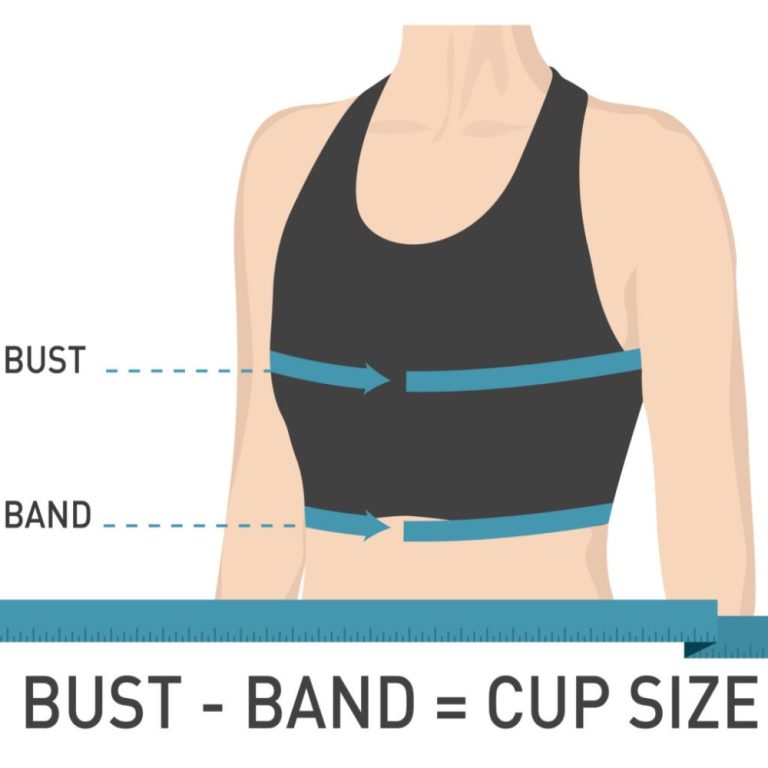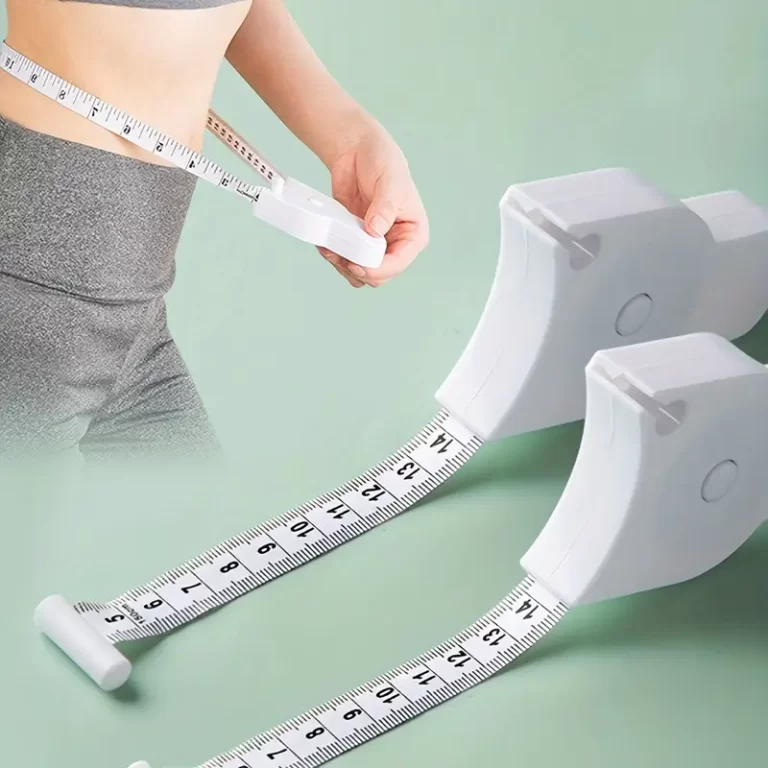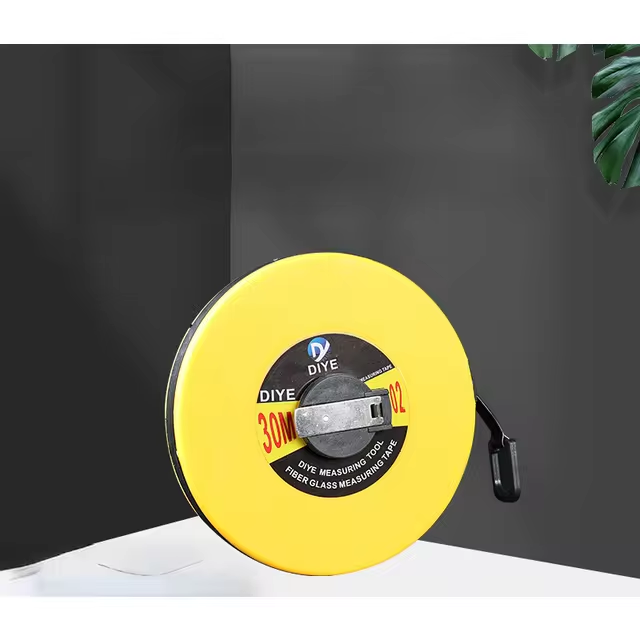
Engineer Tape Measure: Features for Precision Measuring
In the world of engineering and construction, precision and reliability are paramount. An engineer tape measure plays a crucial role in ensuring that measurements are accurate and projects are executed flawlessly. Unlike ordinary tape measures, engineer tape measures are designed to meet the rigorous demands of professional use. This comprehensive guide delves into the features, uses, and benefits of engineer tape measures, helping professionals choose the right tool for their specific needs and understand how to maximize its potential in various engineering applications.
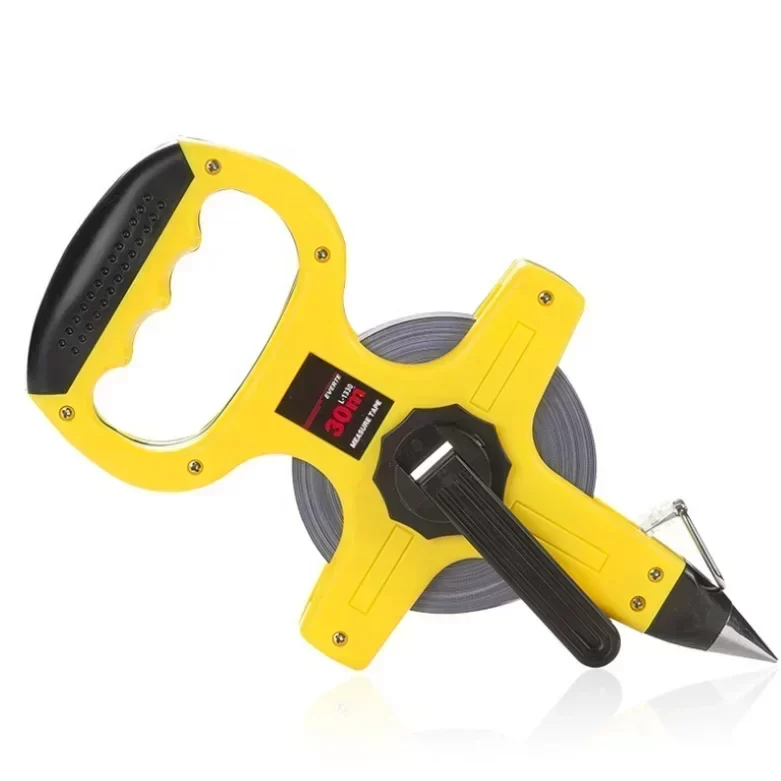 Distinguishing Features of an Tape Measure for Engineer
Distinguishing Features of an Tape Measure for Engineer
Engineer tape measures stand out from regular tape measures due to their specialized features tailored for professional use. Understanding these distinguishing features is essential for selecting the right tape measure for your projects.
Extended Measurement Range
One of the primary differences between an engineer tape measure and a standard one is the extended measurement range. While typical tape measures might offer up to 30 feet, engineer tape measures can extend up to 100 feet or more.
High-Precision Scales
Accuracy is a cornerstone of engineering projects. Additionally, many engineer tape measures include dual scales (metric and imperial), allowing for versatile use across different engineering disciplines and international projects.
Durable Construction
Engineers work in diverse environments, from outdoor construction sites to indoor laboratories. To withstand these varying conditions, engineer tape measures are constructed from durable materials such as stainless steel or reinforced fiberglass. These materials offer superior resistance to wear and tear, corrosion, and extreme temperatures, ensuring the tape measure remains functional and accurate over prolonged use.
Advanced Locking Mechanisms
Precision measurements require stability. Engineer tape measures feature advanced locking mechanisms that secure the tape in place once extended. This lock prevents the tape from retracting prematurely, allowing engineers to take precise measurements without the need for constant adjustments. Some models also offer easy-to-operate locks that can be engaged or released smoothly, enhancing overall usability.
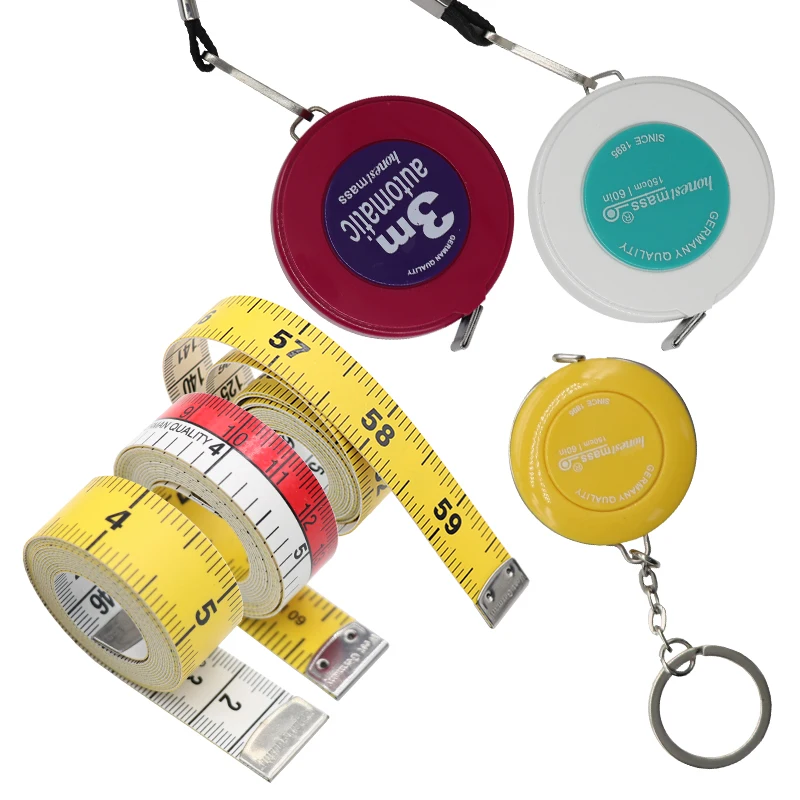 Versatile Uses of Tape Measure for Engineer in Professional Fields
Versatile Uses of Tape Measure for Engineer in Professional Fields
Engineer tape measures are indispensable tools across various professional fields. Their versatility and precision make them suitable for a wide range of applications, from construction to mechanical engineering.
Construction and Building Projects
In construction, accurate measurements are critical for the successful execution of building designs. Engineer tape measures are used to measure long distances, ensuring that structures are built to exact specifications. Whether laying out foundations, measuring walls, or determining the placement of large structural elements, the extended range and durability of engineer tape measures make them ideal for these tasks.
Civil Engineering and Infrastructure
Civil engineers rely on precise measurements to design and build infrastructure projects such as roads, bridges, and tunnels. Engineer tape measures facilitate the accurate mapping of land contours, the calculation of slopes, and the measurement of material lengths. Their robust construction allows them to be used in challenging environments, including rough terrains and active construction sites.
Mechanical and Industrial Engineering
Mechanical engineers use engineer tape measures for tasks that require high precision, such as measuring machinery components, determining distances between mechanical parts, and ensuring the alignment of assembly lines. The dual scales and high-precision markings are particularly beneficial in these applications, where even minor measurement inaccuracies can lead to significant issues in machinery performance and safety.
Electrical Engineering
In electrical engineering, accurate measurements are essential for laying out wiring systems, installing electrical panels, and designing circuits. Engineer tape measures help in determining the lengths of cables, the distances between electrical components, and the sizes of conduits. Their precise scales ensure that all measurements comply with safety standards and project specifications.
Benefits of Using an Tape Measure for Engineer
Choosing an engineer tape measure over a standard one offers numerous benefits that enhance efficiency, accuracy, and overall project quality. Here are some of the key advantages:
Enhanced Accuracy
The high-precision scales of engineer tape measures significantly reduce measurement errors. This enhanced accuracy is crucial for engineering projects where precision is non-negotiable. By minimizing discrepancies, professionals can ensure that their work adheres to design specifications and quality standards.
Increased Efficiency
Engineer tape measures streamline the measurement process, saving time and effort. The extended range eliminates the need for multiple measurements or additional tools, allowing professionals to complete their tasks more quickly. Advanced locking mechanisms also contribute to efficiency by securing measurements effortlessly, enabling smoother workflows.
Durability and Longevity
Engineers often work in demanding environments where tools are subjected to harsh conditions. The durable construction of engineer tape measures ensures that they can withstand these challenges without compromising functionality. Investing in a high-quality engineer tape measure means fewer replacements and repairs, leading to long-term cost savings.
Versatility and Adaptability
The dual scales and extended range make engineer tape measures adaptable to various measurement needs and professional requirements. Whether working on small-scale projects or extensive infrastructure developments, these tape measures can accommodate diverse measurement standards and applications, providing flexibility to engineers across different fields.
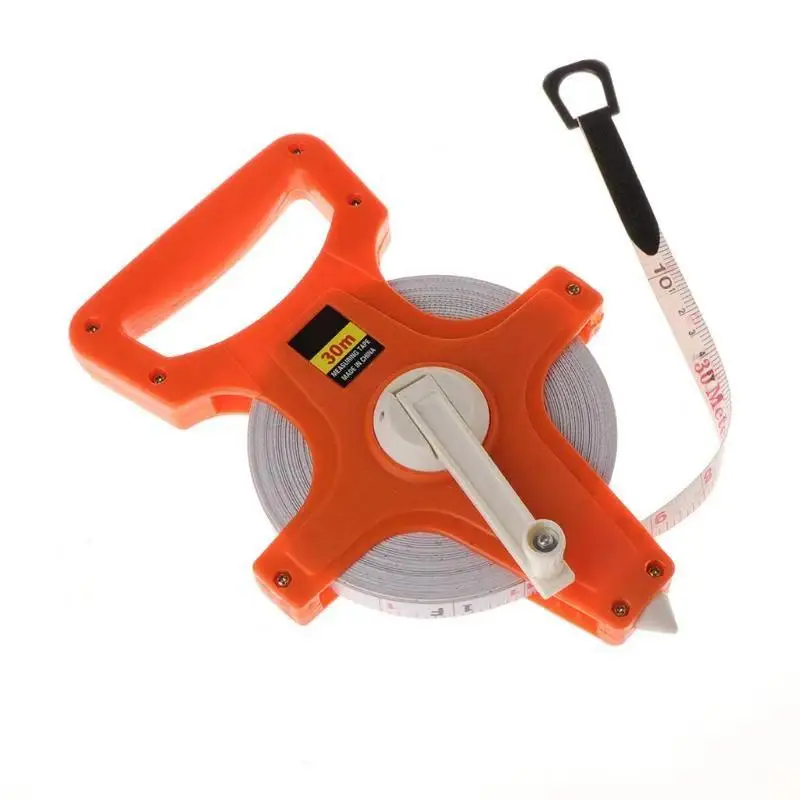 Top Brands and Their Signature Tape Measure for Engineer
Top Brands and Their Signature Tape Measure for Engineer
Several brands have established themselves as leaders in the engineer tape measure market, each offering unique features and innovations tailored to professional needs. Here are some of the top brands and their signature products in 2025:
Stanley FatMax Series
Stanley is renowned for its durable and reliable tools, and the FatMax series is no exception. The FatMax engineer tape measures feature anti-corrosion construction, ensuring longevity even in harsh environments. With extended measurement ranges and high-visibility markings, these tape measures are designed for accuracy and ease of use on any job site.
Komelon Master Tape
Komelon’s Master Tape is celebrated for its precision and ease of use. Equipped with proprietary printing technology, these tape measures offer clear and accurate markings that prevent misreading. The reinforced blade construction ensures resistance to bends and breaks, making it a favorite among civil and mechanical engineers.
Lufkin No-End Tape Measures
Lufkin’s No-End tape measures offer unparalleled durability with their no-end design, which prevents fraying and extends the lifespan of the tape. These engineer tape measures are built for high performance, featuring smooth tape rolls and robust locking mechanisms that ensure accurate and secure measurements every time.
Milwaukee Magnetic Tape Measures
Milwaukee’s Magnetic tape measures incorporate innovative features such as magnetic hooks, which aid in seamless measuring tasks by holding the tape in place on metal surfaces. This functionality enhances precision and convenience, particularly in mechanical and industrial engineering applications where metal components are prevalent.
Stanley PowerLock
Stanley PowerLock tape measures are known for their strength and precision. Featuring a one-inch wide blade with high-visibility markings, these engineer tape measures provide clear and accurate measurements in both metric and imperial units. The PowerLock system ensures quick and firm locking of the tape, enhancing overall usability and accuracy.
How to Choose the Right Tape Measure for Engineer for Your Project Needs
Selecting the right engineer tape measure involves considering various factors based on your specific project requirements. Here’s a guide to help you make an informed decision:
Measuring Length and Range
Determine the maximum measurement you’ll need for your projects. Engineer tape measures typically range from 100 feet to longer lengths, but some specialized models can extend even further. Choose a tape measure that meets the length requirements of your most extensive projects without being unnecessarily bulky for smaller tasks.
Scale Units and Dual Measurements
Consider the units you frequently use in your projects. Engineer tape measures often come with dual scales (metric and imperial), providing flexibility for international or diverse project standards. Ensure the tape measure you choose includes the scale units that align with your typical work requirements.
Material and Durability
Evaluate the environments in which you’ll be using the tape measure. For harsh or corrosive settings, opt for tape measures made from stainless steel or reinforced fiberglass. These materials offer superior durability and resistance to wear, ensuring the tape measure remains functional and accurate over time.
Locking Mechanism and Ease of Use
A reliable locking mechanism is essential for accurate measurements. Look for engineer tape measures with smooth and sturdy locks that can secure the tape in place effortlessly. Ease of use is also important; consider tape measures with ergonomic handles and intuitive lock systems that enhance comfort and efficiency during prolonged use.
Special Features
Identify any special features that may benefit your specific projects. Features such as magnetic hooks, no-end designs, or laser measurement capabilities can enhance the functionality and precision of the tape measure. These additional features can provide convenience and improve measurement accuracy in various engineering applications.
 Maintenance and Care Tips for Long-lasting Precision
Maintenance and Care Tips for Long-lasting Precision
Maintaining your engineer tape measure ensures it remains accurate and reliable over time. Proper care extends the lifespan of the tape measure and preserves its precision, essential for professional use.
Regular Cleaning
After each use, clean your tape measure to remove dirt, debris, and moisture. Use a damp cloth to wipe down the blade and casing, preventing corrosion and wear. For stubborn grime, a mild detergent can be used, but ensure the tape measure is thoroughly dried afterward to avoid rusting.
Proper Storage
Store your engineer tape measure in a dry, cool place to protect it from environmental damage. Avoid leaving it in extreme temperatures or humid areas, as these conditions can degrade the tape and components. Using a protective case or pouch can also prevent physical damage and keep the tape measure ready for use.
Inspecting for Damage
Regularly inspect your tape measure for signs of damage, such as bent or worn blades, loose casing, or malfunctioning locks. Address any issues promptly by repairing or replacing damaged parts to maintain the tape measure’s accuracy and functionality.
Avoiding Overextension
Do not extend the tape beyond its maximum length, as this can cause the blade to bend or snap. Overextending can lead to inaccurate measurements and damage the tape measure’s internal mechanisms, reducing its reliability and lifespan.
Calibrating the Tape Measure
Periodically check the tape measure’s accuracy by comparing known measurements with those taken using the tape. If discrepancies are found
, consider recalibrating the tape measure or replacing it if necessary. Accurate calibration ensures that your measurements remain consistent and reliable for all engineering tasks.
Advanced Techniques and Tricks for Accurate Measurements
Experienced professionals often employ advanced techniques to maximize the accuracy and efficiency of their engineer tape measures. These methods help in achieving precise measurements, even in complex or challenging scenarios.
Utilizing Three-Point Measurements
For enhanced accuracy, especially in uneven or irregular surfaces, use three-point measurements. This technique involves measuring the distance between three distinct points and using geometric principles to calculate distances accurately. This method reduces errors caused by surface irregularities and ensures precise measurements.
Segmenting Long Distances
When measuring exceptionally long distances, segment the measurement into smaller, manageable sections. Measure each segment separately and then add them together to obtain the total distance. This approach minimizes the risk of tape misalignment or stretching, ensuring accuracy across the entire measurement range.
Combining Tape Measure with Laser Tools
Integrating laser measurement tools with your engineer tape measure can enhance precision and efficiency. Use the tape measure for direct, physical measurements and the laser tool for verifying distances or measuring hard-to-reach areas. This combination leverages the strengths of both tools, providing comprehensive measurement capabilities.
Double-Checking Measurements
Always double-check your measurements to ensure accuracy. After taking an initial measurement, repeat the process to verify consistency. Double-checking helps identify and correct any potential errors, ensuring that your final measurements are reliable and precise.
Proper Alignment and Leveling
Ensure that the tape measure is properly aligned and leveled during measurement. Misalignment can lead to distorted measurements and inaccuracies. Use built-in leveling indicators or external leveling tools to maintain correct alignment, especially when measuring at angles or on uneven surfaces.
Top Brands and Their Signature Tape Measure for Engineer in 2025
Choosing the right brand can significantly impact the quality and functionality of your engineer tape measure. Here are some of the leading brands and their signature products for 2025:
Stanley FatMax Engineer Tape Measure
The FatMax series includes models with ergonomic handles and advanced locking mechanisms, making them a favorite among construction and civil engineers.
Komelon Master Tape
Komelon Master Tape measures are known for their accuracy and ease of use. Equipped with proprietary printing technology, these tape measures offer clear, easy-to-read markings that prevent misreading. The reinforced blade construction and smooth tape roll ensure consistent and accurate measurements, making Komelon Master Tape a top choice for mechanical and industrial engineers.
Lufkin No-End Tape Measure
Lufkin’s No-End tape measures provide unparalleled durability with their unique no-end design, preventing fraying and extending the tape’s lifespan. These engineer tape measures feature robust locking mechanisms and high-precision scales, making them ideal for large-scale construction and infrastructure projects. Lufkin’s commitment to quality ensures that their tape measures remain reliable under demanding conditions.
Milwaukee Magnetic Tape Measure
Milwaukee’s Magnetic tape measures incorporate innovative features such as magnetic hooks, which aid in seamless measuring tasks on metal surfaces. The magnetic feature enhances convenience and accuracy, particularly in mechanical and electrical engineering applications.
Stanley PowerLock
Stanley PowerLock tape measures are celebrated for their strength and precision. Featuring a one-inch wide blade with high-visibility markings in both metric and imperial units, these tape measures provide clear and accurate measurements. The PowerLock system ensures quick and firm locking of the tape, enhancing usability and accuracy. Stanley PowerLock tape measures are versatile tools that cater to a wide range of engineering needs.
Maintenance and Care Tips for Long-lasting Precision
Proper maintenance and care of your engineer tape measure are essential to ensure its longevity and accuracy. Here are some practical tips to keep your tape measure in top condition:
Regular Cleaning
After each use, clean your tape measure to remove dirt, debris, and moisture. Use a damp cloth to wipe down the blade and casing, preventing corrosion and wear. For stubborn grime, a mild detergent can be used, but ensure the tape measure is thoroughly dried afterward to avoid rusting.
Proper Storage
Store your engineer tape measure in a dry, cool place to protect it from environmental damage. Avoid leaving it in extreme temperatures or humid areas, as these conditions can degrade the tape and components. Using a protective case or pouch can also prevent physical damage and keep the tape measure ready for use.
Inspecting for Damage
Regularly inspect your tape measure for signs of damage, such as bent or worn blades, loose casing, or malfunctioning locks. Address any issues promptly by repairing or replacing damaged parts to maintain the tape measure’s accuracy and functionality.
Avoiding Overextension
Do not extend the tape beyond its maximum length, as this can cause the blade to bend or snap. Overextending can lead to inaccurate measurements and damage the tape measure’s internal mechanisms, reducing its reliability and lifespan.
Calibrating the Tape Measure
Periodically check the tape measure’s accuracy by comparing known measurements with those taken using the tape. If discrepancies are found, consider recalibrating the tape measure or replacing it if necessary. Accurate calibration ensures that your measurements remain consistent and reliable for all engineering tasks.
 Conclusion: Maximizing the Value of Your Engineer Tape Measure
Conclusion: Maximizing the Value of Your Engineer Tape Measure
An engineer tape measure is an indispensable tool for professionals across various engineering fields, offering precision, durability, and versatility. By understanding its unique features, applications, and maintenance requirements, you can maximize its value and ensure accurate measurements for all your projects. Embrace the advanced features and robust construction of engineer tape measures to achieve flawless results, and invest in a high-quality tape measure that meets your specific project needs. With the right engineer tape measure, you can tackle any measurement challenge with confidence and precision, elevating your professional performance to new heights.
